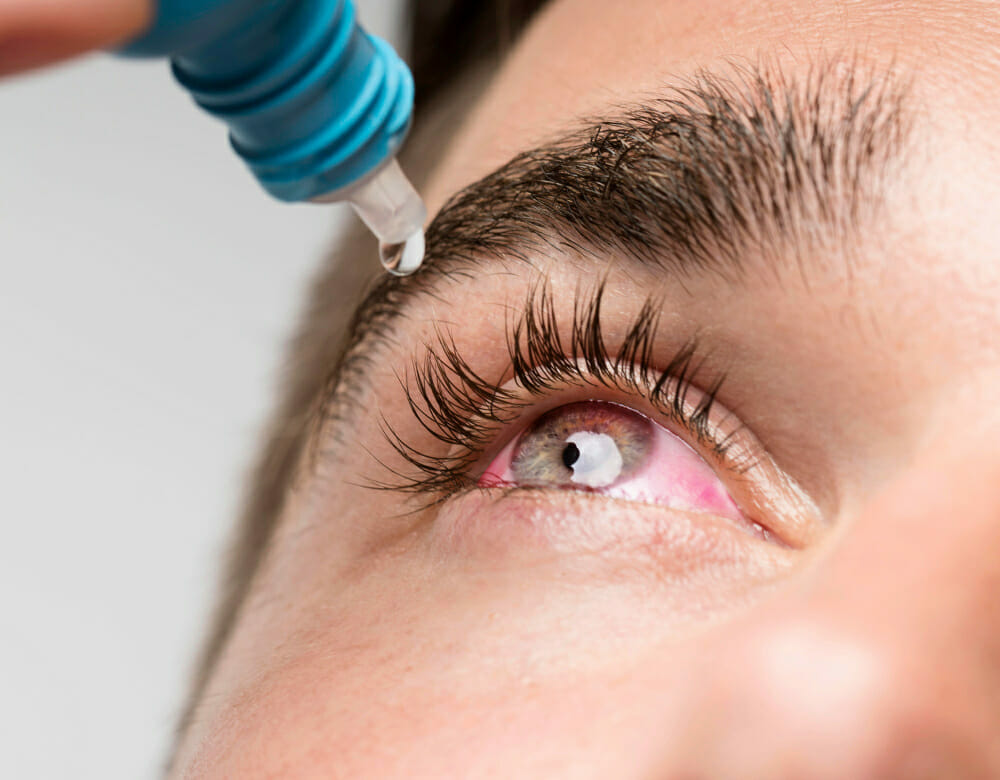Dry Eye, and Headaches
Headaches and dry eye are both conditions which can be caused by a variety of issues. In the case of dry eye it is usually due to reduced tear production or a problem with the quality of tears produced. In the case of headaches, while there are vast numbers of potential causes, anything which affects vision can lead to headaches, as we then have to work harder to see, which can lead to eye strain, which in turn can cause a headache.
Headaches, migraines in particular, are closely linked to dry eye. While it is not completely clear why dry eye and migraines are connected, one possibility is that both conditions can be caused by inflammation. However, there is still research to be done to determine whether dry eye causes headaches or if dry eyes are themselves a symptom of headaches.
A 2015 study has found that the reason some people suffer from frequent migraines may be due to a structural difference in the eye. In the study, researchers found that migraine sufferers in fact have a different ocular structure, and the same study saw that symptoms of dry eye are more prevalent in people who suffer from migraines. (https://pubmed.ncbi.nlm.nih.gov/22710496/)
On the other hand, dry eye and headaches can also both be side effects caused by things like medication, and some medications, like isotretinoin (the active ingredient in a popular acne medication), can cause both conditions.
















